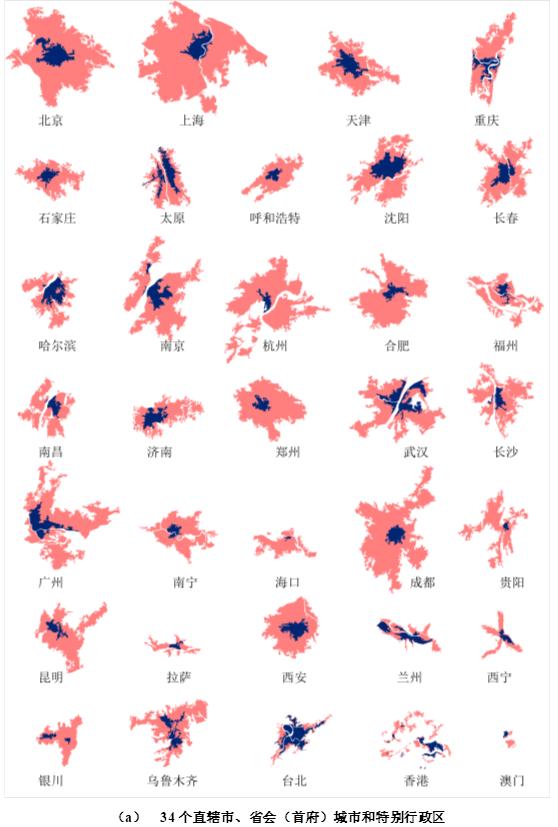As described in the article, the concept of the migratory city has appeared in many science fiction novels and films. Generally speaking, these cities have spawned movable features from ordinary immovable cities, mostly due to environmental destruction, resource depletion, severe pollution and inevitable natural disasters. These fictional and cinematic settings are not just about environmental protection and the sustainable use of resources, but also include other elements such as energy, social class, and humanity. The concept of these mobile cities is not a figment of the imagination, they are also based on real cities. In The Scar, the city Armada is consisting of numerous ships that have been lashed together to form a large and connected settlement, and is still hunting and gathering other small cities. This is very much like the trajectory of many large cities nowadays, constantly swallowing up of surrounding cities, both in terms of administrative boundaries and resources. Since 1949, major cities in Chinahave been annexing surrounding cities and counties, as shown in the diagram. The central cities acting like vampires, plundering the resources of the surrounding cities, but building factories and other heavy industries on the annexed land, gaining resources but passing on pollution.
Liu Xiaoyi 3035637292

(CITY SIZE AT 1970’S AND 2020’S)
I appreciate how you illustrated the connection between the ideas from the essay and urban trends in reality. Do cite your diagram and references properly.